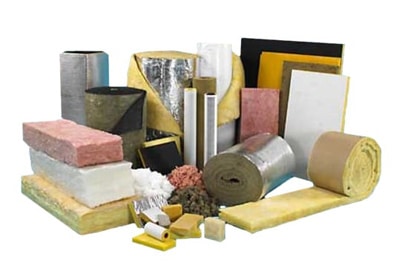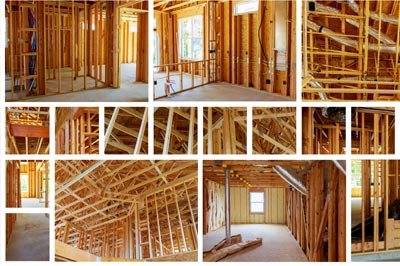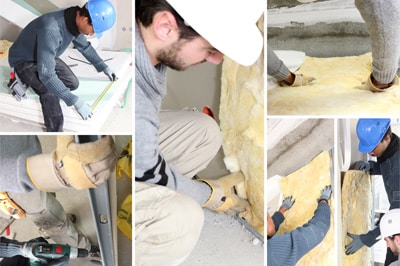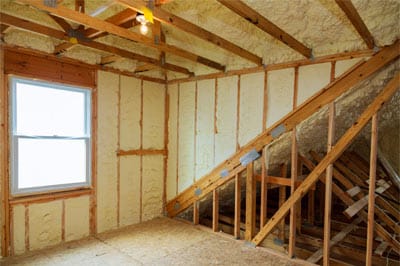What Type of Insulation Can We Install For You
Call Us Today- Home
- »
- Insulation Types
Our 5 Step Insulation Installation Process
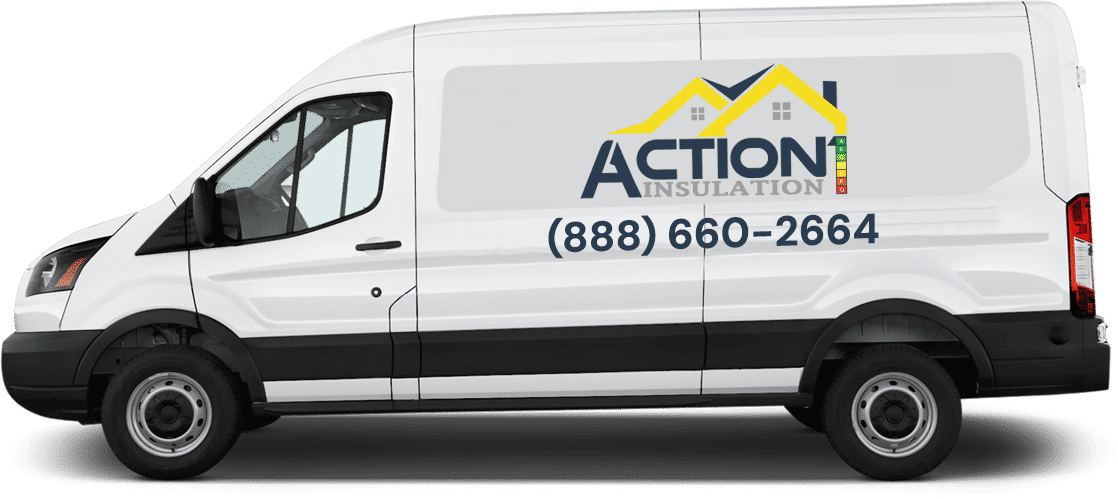
Why Choose Action 1 Insulation Services?
Once we know what R-value you’d like for each area in your home, we can discuss the different types of insulation. We’ll talk about your budget, the size of the space, and how long insulation will take overall. Once your contractor lays out your option, it will be easier to decide which is right for your home. Many homeowners choose more than one insulation type, especially if they are adding to the existing installation. We’ll make sure we answer your questions and address all options so you can choose exactly what’s right for your home.
The last step our team at Action 1 Insulation takes to complete your insulation project is to take care of the installation. Fortunately, our team has the experience, knowledge, and know-how to do this right from the start. Whether you need insulation added, are replacing your insulation completely, or are starting from scratch, they’ll be able to take care of the job. We pride ourselves on excellent service with every job, including installation that is always done with care and quality.
Blown-In
- Blown-in Fiberglass: 2.2 – 2.9
- Blown-in Cellulose: 3.1 – 3.8
R-values of these materials are given per inch, which means more insulation will increase the R-value. To ensure you have the right R-value for the climate you live in, it’s important to work with your contractor to determine the depth of the material that should be applied. You can expect to pay $1 – $1.50 per square foot, with the higher price being the result of thicker insulation. You can discuss material options with your contractor to find which blown-in material fits your budget the best.
Roll and Batt
Insulation batts are pre-cut to make installation easier in hard-to-reach areas (or for those who are doing DIY installation). Rolled insulation is not cut into strips but instead comes in a large continuous roll that can be cut by the installer. Both offer excellent protection, although many contractors prefer rolled insulation because it has fewer gaps once installed. This insulation is normally installed in attics, flooring, and inside of walls.
R-value for batt insulation (per square foot):
- Fiberglass: 2.9 – 3.8
- Cotton: 3.0 – 3.7
- Stone Wool: 3.3 – 4.2
You can expect to pay around .30 to .90 per square foot for either batt or roll insulation. This makes it one of the most budget-friendly materials you can insulate with. Fortunately, you won’t sacrifice the benefits this has to offer because it’s still quite effective at insulating any space it’s installed in.
Spray Foam
Closed-cell spray foam has an R-value of 6.5 per inch, while open-cell spray foam has an R-value of 3.7 per inch. Open-cell is mostly used for walls, ceilings, and roofs because it has low density. Closed-cell spray foam is much denser but can also be used in walls, ceilings, and roofs. It can also be used under slabs to help create a water and air barrier.
While it can be tempting to install spray foam on your own, Action 1 Insulation does not recommend this. Without the proper experience, it can be easy to apply too much or too little and miss spots that should be addressed.
Rigid Foam Board
However, it’s generally not recommended for walls in colder climates, as it’s not as effective as other types of material. XPS panels have an R5 rating per inch, although most contractors agree that they lose performance over time. However, by choosing above-grade foam rather than low-grade foam, you’ll find that the material is able to resist moisture and will perform beautifully. It can be used on roofs and areas underneath slabs for improved insulation performance. With so many differences in XPS panels, it’s crucial to work with a contractor who will take the time to find the best quality material for you. EPS has a slightly lower R-value of R4 per inch, although it does not retain moisture because of its structure. The thicker EPS boards you have, the better the outcome will be. It’s best used in existing walls, especially if combined with additional insulation to enhance the benefits it has to offer.
Radiant Barriers
Most contractors recommend having radiant barriers installed in attics and garages to help reflect heat where the sun will hit the hardest. The cost per square foot will vary from .10 to .90, depending on the coverage needed and the brand of material being used. While radiant barriers are effective, it’s best to use them in addition to your choice of insulation rather than instead of it.


